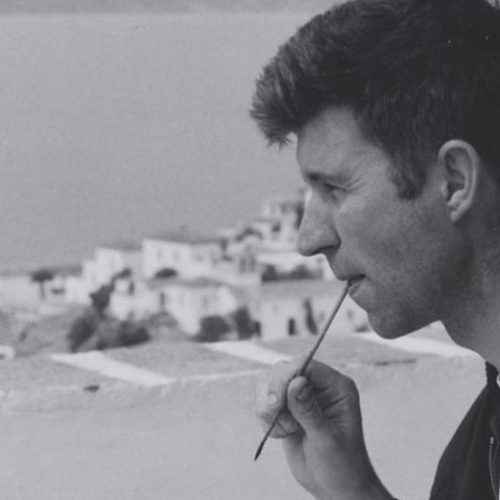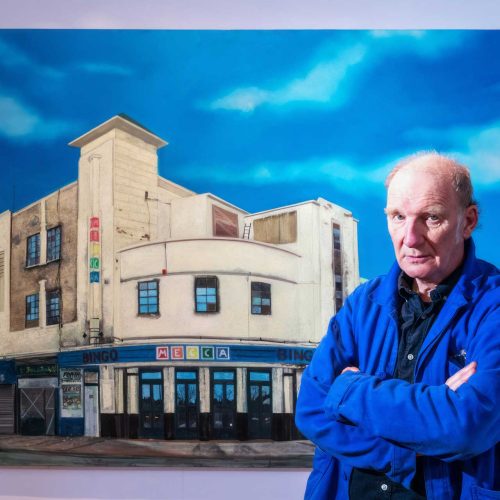Originally performed under the title Les Deux Pigeons, and premiering on St Valentine’s Day in 1961 by The Royal Ballet Touring Company, Frederick Ashton’s ballet The Two Pigeons is a cousin to his La Fille mal gardée created the year before. The work keenly reveals the romantic elements of Ashton’s oeuvre, not least in its colourful dances and 19th-Century music. With designs by Jacques Dupont and set to André Messager’s 1886 score of the same name for a ballet originally staged at the Paris Opéra, Ashton worked with John Lanchbery to adapt the music to better fit his own interpretation of the La Fontaine fable about two pigeons. A young artist begins to feel frustrated in his relationship with his model and lover, the Young Girl, prompting his departure for an exciting existence with a band of gypsies. The charms of the Gypsy Girl – created on Elizabeth Anderton – disguise the duplicitous, contempt-filled treatment the gypsies unleash on the Young Man. He returns to his studio full of remorse, begging for forgiveness from the Young Girl.
Critics have used the word ‘sentimental’ to describe the ballet, but its final pas deux plumbs the depths of human forgiveness, vulnerability and recovery from heartbreak. In this reconciliatory duet, Ashton quotes Swan Lake’s Act II pas de deux, consolidating so many avian-inspired motifs throughout the ballet. Ashton chose a young Lynn Seymour for the Young Girl, revealing an adorable appeal that complemented the rare dramatic intelligence and natural expressiveness she was developing in the roles Kenneth Macmillan was creating for her at this time (The Invitation, in which Seymour had a central role, premiered just two months before The Two Pigeons). The Young Man was originally to have been performed by Donald Britton, but due to injury he had to be replaced by a 21-one year old Christopher Gable at the dress rehearsal. This changed the inflection of the ballet – it seemed now to be about a young man eager to stretch his wings in affairs of the heart. This ballet, along with Marguerite and Armand (1963) and The Dream (1964) reveal Ashton’s identity as a neo-romantic.



